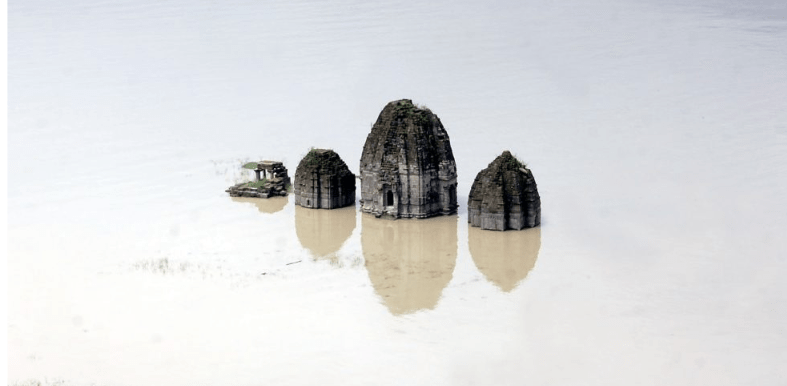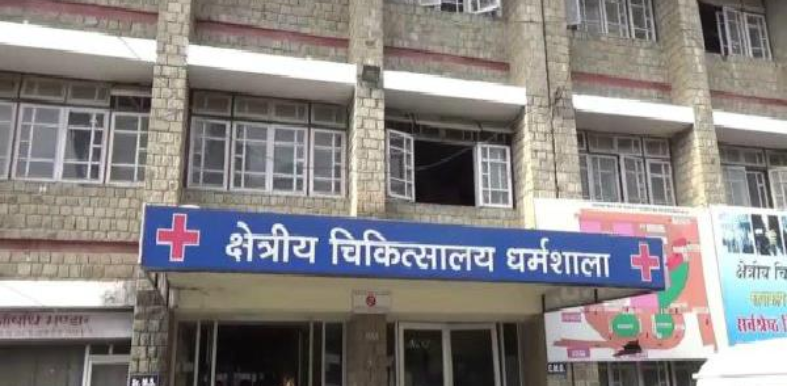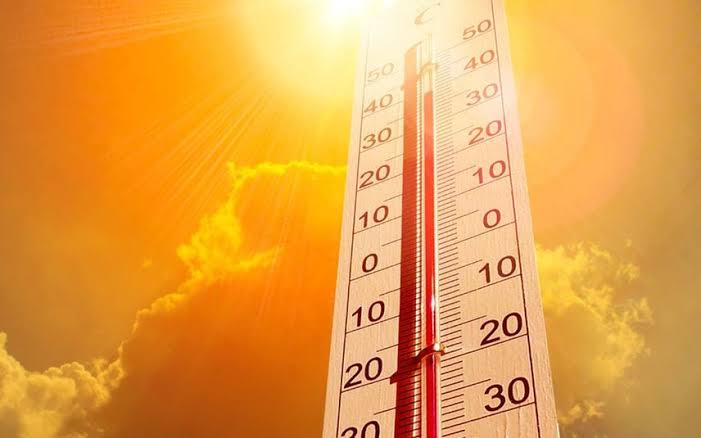Munish Sood
Mandi
In the wake of repeated natural disasters, local BJP leader Khushal Thakur has issued a stark warning over the proposed Leh-Kaithal Green Energy Corridor, saying it could exacerbate ecological instability and endanger the safety of the Himachal valley.
Himachal Pradesh has suffered a series of devastating events in the last few months alone. Heavy cloudbursts, flash floods, landslides, unseasonal snowfall, and mountain collapses have destroyed homes, roads, bridges, and even high-voltage power transmission towers. Thakur said, “Our valley is already fragile. Every year, the people of Manali, Kullu, Mandi, Bilaspur, and Kangra face enormous loss of life and property due to these disasters. Now, constructing colossal transmission towers through this terrain threatens to turn a vulnerable region into a disaster zone.”
The Leh-Kaithal Green Energy Corridor, implemented by the Power Grid Corporation of India Limited (PGCIL), is a high-voltage direct current (HVDC) transmission project designed to evacuate solar energy from Ladakh’s Pang and Nyoma solar parks to Kaithal in Haryana. Stretching 713 km, including 480 km of HVDC lines, and costing around ₹20,773.70 crore, the project aims to strengthen India’s renewable energy infrastructure and contribute toward the nation’s 500 GW non-fossil fuel energy target by 2030.
Khushal Thakur, speaking to the press, underscored the potential risk to life, ecology, and national infrastructure: “This is not just a local issue. The transmission route cuts through critical corridors used for strategic road connectivity and ongoing railway expansions to Leh-Ladakh. Any large-scale construction here could trigger landslides, forest degradation, and ecological imbalance in areas already reeling from natural disasters. We cannot sacrifice our valley and its people in the name of energy development.”
Experts consulted by Thakur have raised serious concerns over the technical, financial, and environmental feasibility of building a 713-km HVDC line across high-altitude Himalayan terrain. “Such a project is extremely vulnerable to harsh weather, landslides, and logistical challenges. The valley’s fragile ecosystem cannot sustain this scale of construction,” Thakur noted.
Highlighting the human dimension, he added, “Communities across the Manali-Kullu-Mandi-Bilaspur and Kangra regions have suffered repeated losses. Large-scale land acquisition and construction for the corridor could amplify their vulnerability. The government, stakeholders, and elected representatives must engage in transparent public awareness and consultation before any project moves forward.”
The project, while intended to support India’s renewable energy transition, now faces scrutiny from local leaders and environmentalists who argue that Himachal’s safety and ecological integrity must come first. Thakur has called for a comprehensive review by central authorities, including the PMO, emphasizing that renewable energy development must not endanger Himalayan communities or ecosystems.
Project Snapshot: Leh-Kaithal Green Energy Corridor
• Purpose: Transmit solar power from Ladakh to Haryana
• Length: 713 km (480 km HVDC)
• Terminals: 5 GW HVDC at Pang (Ladakh) and Kaithal (Haryana)
• Estimated Cost: ₹20,773.70 crore
• Implementing Agency: PGCIL
• Target Completion: FY 2029-30
Thakur concluded, “India must lead in renewable energy, but not at the cost of Himalayan valleys and human lives. Decisions of this scale must consider ecological balance, disaster resilience, and the safety of communities first.”
As Himachal continues to recover from record-breaking floods, landslides, and infrastructure damage, voices like Khushal Thakur’s are pushing for a balanced, safe, and sustainable approach to national energy projects in the sensitive Himalayan region.





